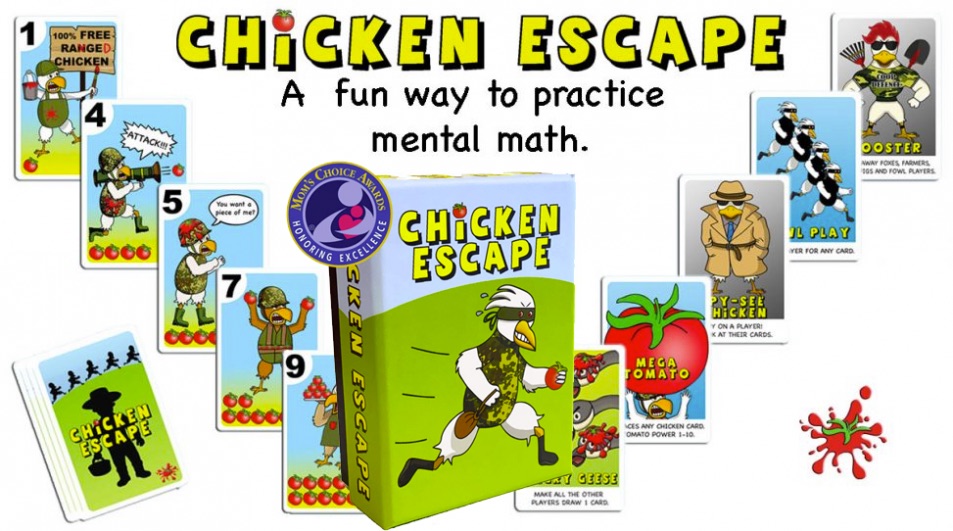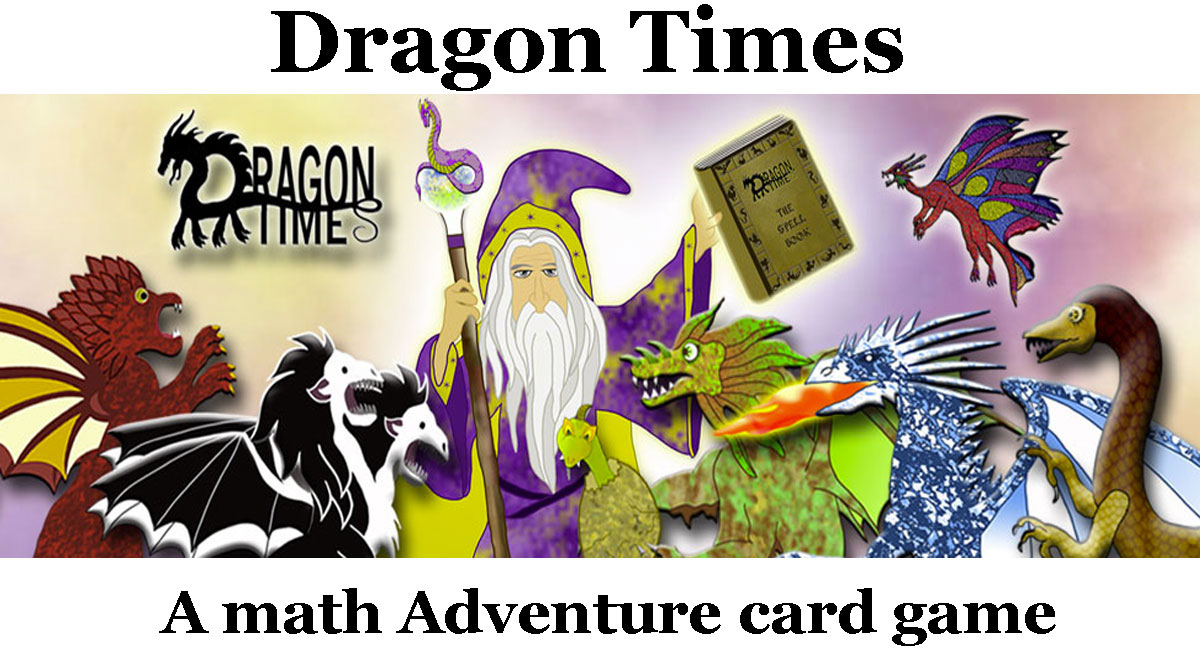In the digital age, technology has become an integral part of education, offering new and exciting ways to engage students in mathematics. The effective use of technology in math classrooms can transform traditional teaching methods, making math more accessible, interactive, and fun. How can we effectively integrate technology into our math instruction?
Embracing Technology in Math Education:
Integrating technology into math teaching isn’t just about using digital tools for the sake of it. It’s about enhancing the learning experience, offering personalized learning opportunities, and preparing students for a tech-centric world.
Strategies and Tools
- Interactive Whiteboards and Digital Projectors: These tools can make demonstrations more dynamic and engaging. Educators can use them to show step-by-step problem-solving processes, display graphs, and bring abstract concepts to life.
- Educational Math Software and Apps: There are numerous math apps and software that cater to a range of topics and grade levels. These can include practice exercises, instructional videos, and interactive games that make learning math more engaging. We love the math simulations from PHET. PhET Interactive Simulations is a nonprofit project based at the University of Colorado Boulder. Toy Theater has many free digital manipulatives for practice and conceptual understanding.
- Online Collaborative Tools: Platforms like Google Classroom or educational forums can facilitate collaboration and discussion. They allow students to work together on problems, share ideas, and receive feedback from teachers and peers.
- Virtual and Augmented Reality: VR and AR can provide immersive learning experiences, making complex math concepts more tangible. For example, geometry students can explore 3D shapes in a virtual environment.
- Adaptive Learning Programs: These programs adjust the difficulty of problems and pace of learning based on the individual student’s performance, providing a personalized learning experience.
- Gamification: Incorporating game elements in math education can significantly increase student engagement and motivation. Math-based games can reinforce skills and concepts in a fun and interactive way. Have you tried the digital games at https://thegamebox.ca/
- Online Assessments and Feedback: Technology can streamline the assessment process. Online quizzes and tests with instant feedback can help students and teachers gauge understanding in real-time.
- Flipped Classrooms: Use technology to implement a flipped classroom model, where students watch instructional videos at home and engage in problem-solving activities in class.
- Data Analysis and Visualization Tools: Software like spreadsheets can be used to teach statistics and data analysis, providing hands-on experience with real-world math applications.
- Professional Development for Teachers: Teachers should have access to training on how to integrate and make the most of technology in their math teaching.
The Challenges of using technology effectively in the classroom
- Equitable Access to Technology: Not all students may have equal access to technological devices and reliable internet connectivity. This digital divide can create disparities in learning opportunities, making it crucial for schools to ensure equitable access for all students.
- Balancing Tech with Traditional Methods: Over-reliance on technology can neglect the importance of traditional teaching methods and the development of basic skills. It’s essential to strike a balance between technology use and traditional pen-and-paper methods.
- Quality of Digital Content: The internet is awash with educational resources, but not all are of high quality or aligned with curriculum standards. Educators need to carefully select and vet digital content for accuracy, relevance, and effectiveness.
- Training and Professional Development: Teachers need ongoing training and support to stay updated with the latest educational technologies and to integrate them effectively into their teaching. Professional development is key to ensuring that technology enhances, rather than hinders, the learning process.
- Student Distraction and Screen Time: Technology, especially the internet, can be a source of distraction for students. Additionally, concerns about increased screen time and its impact on health and wellbeing need to be addressed with appropriate guidelines and usage limits.
- Data Privacy and Security: With the use of digital platforms comes the responsibility to protect student data. Schools and educators must be aware of data privacy laws and ensure that student information is secure.
- Differentiation and Personalization: While technology can offer personalized learning experiences, it requires careful planning to ensure that the needs of all learners are met. This includes accommodating students with special needs and varying learning styles.
- Assessment and Feedback: Technology can change how assessments are conducted. Educators must ensure that online assessments accurately measure student understanding and provide meaningful feedback.
- Keeping up with Rapid Technological Changes: Technology evolves rapidly, and what’s cutting-edge today may be obsolete tomorrow. Educators need to continually adapt and learn to keep up with these changes.
- Cost and Resource Allocation: Implementing technology in education can be expensive. Budget constraints can limit the availability of devices and software, affecting how extensively technology can be integrated into the math curriculum.

